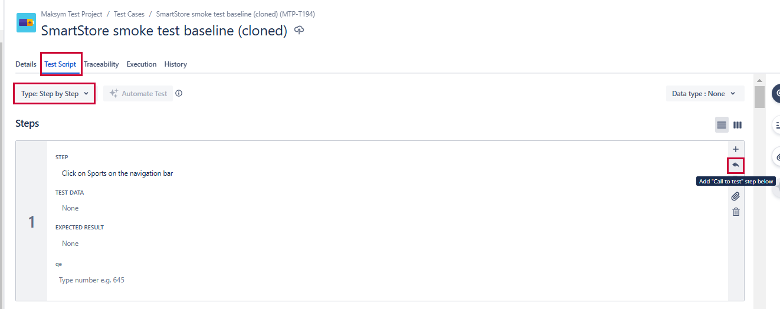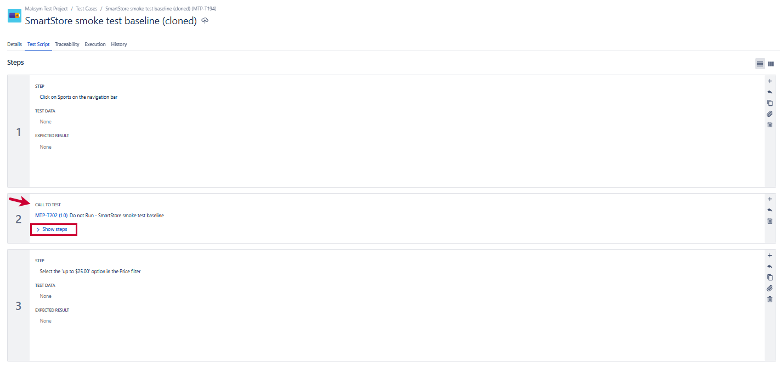Modular Test Design with Call to Test
Adopting a modular test-case design is a highly effective strategy to enhance reusability in large-scale test-case libraries. Rather than duplicating or copying test cases or steps, this approach encourages breaking them down into smaller, reusable components. These components can then be recombined to construct comprehensive end-to-end testing scenarios. Although modularization introduces some complexity, when implemented correctly, it significantly boosts testing efficiency and effectiveness.
The most valuable test cases are those that are widely applicable and reusable across various testing cycles and software releases. Test engineers should aim to design test cases that strike a balance—detailed enough to be meaningful, yet generic enough to be reused with different data inputs in diverse contexts.
To implement modularization, testers can decompose test cases into logical, manageable units or modules. These modules are designed to function independently, allowing them to be reused or combined to form more complex test cases. Tools like Zephyr support this approach by enabling the nesting of child modules within main test cases, even across multiple levels. During execution, each module’s steps are expanded and parameterized as needed.
To get started with a modular testing strategy, follow these steps:
Analyze the application workflow to identify potential modules.
Identify repeated steps within a page or across multiple pages.
Break down these repeated steps into small, reusable test cases.
Create main test cases that reference and call these modular test cases.

Reuse Test Cases with Call to Test
Navigate to the Test Script tab of any test case and click Add 'Call to Test' step below to reuse existing modular test cases.

Choose the test cases you want, then click Add.
The modular test cases appear in a special step type called Call to Test. Click Show Steps to view the details.
The reusable steps appear in the expanded step view.
